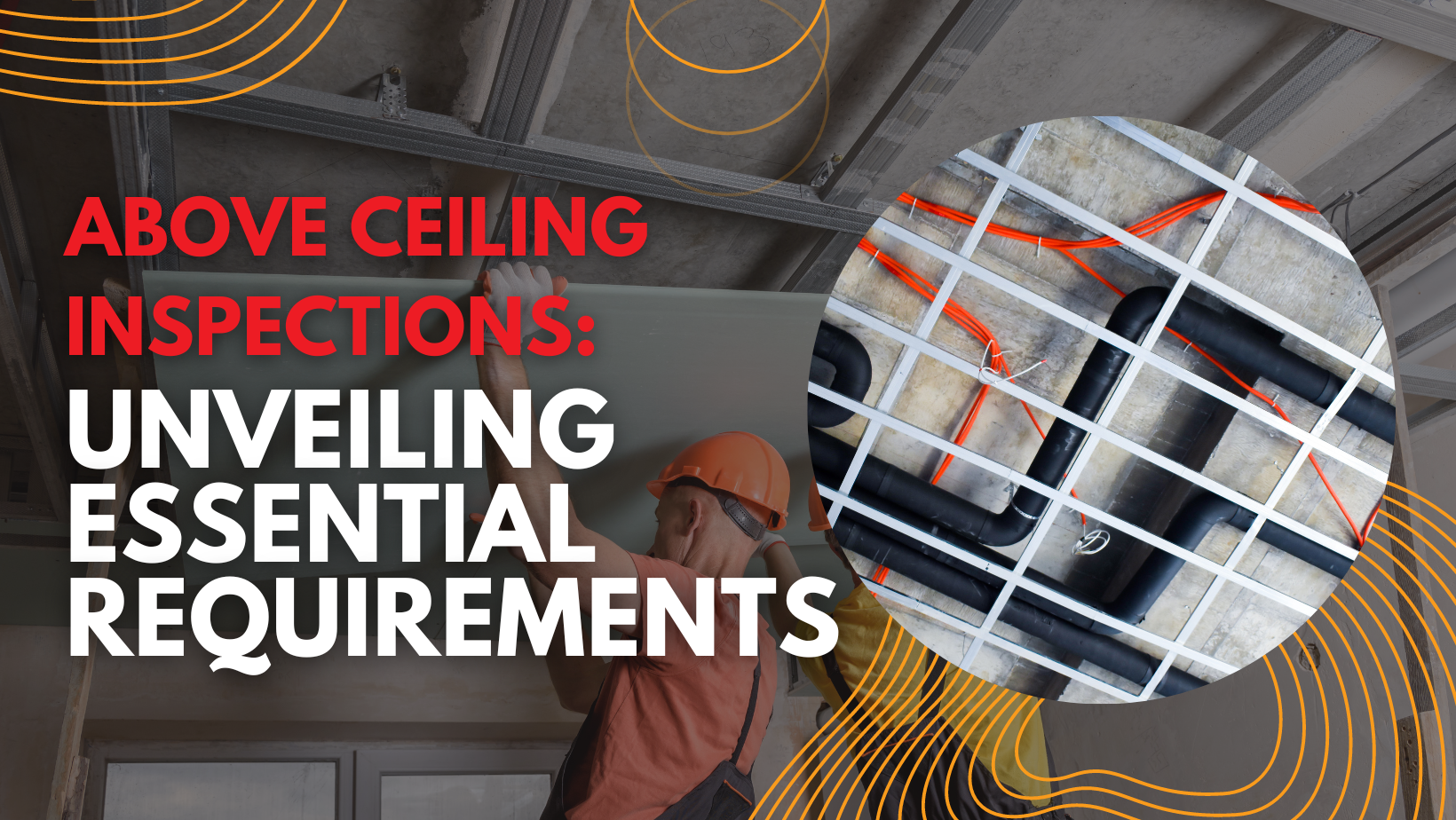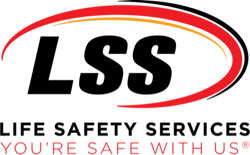
Fire safety is a paramount concern in any building, and ensuring that the necessary measures are in place to prevent, detect, and respond to fires is critical. One often overlooked aspect of fire safety is the inspection of above ceiling spaces. These concealed areas play a crucial role in maintaining the integrity of fire protection systems and ensuring rapid response in case of emergencies. To fully understand the importance of what happens above ceiling, we need to explore the requirements for above ceiling inspections to shed light on their significance in safeguarding lives and property.
Understanding Above Ceiling Spaces
Above ceiling spaces are typically concealed areas found in commercial, industrial, and institutional buildings. These spaces can house various components, such as HVAC systems, electrical wiring, and fire protection equipment. While these spaces are not immediately visible, they are essential for the proper functioning of fire safety systems and overall building safety.
Essential Requirements for Above Ceiling Inspections
-
Frequency of Inspections: Above ceiling spaces should be inspected regularly as part of a comprehensive fire safety plan. The frequency of inspections can vary depending on factors such as building type, occupancy, and local regulations. Routine inspections should be carried out at least annually, with additional checks after any renovations or changes to the building's layout.
-
Access Points and Doors: Above ceiling spaces should have designated access points that are readily accessible to authorized personnel, such as building maintenance staff and fire safety professionals. Access doors must be clearly marked and kept unobstructed to ensure swift entry during emergencies.
-
Clearance and Storage: These spaces should be free from clutter and obstructions. Items stored above ceiling can interfere with the proper functioning of fire detection and suppression systems. Storage of materials in these areas should be kept to a minimum and follow local fire codes.
-
Fire Protection Systems: Inspections should verify that fire protection systems such as sprinklers, fire alarms, and smoke detectors are properly installed, functional, and unobstructed. Any deficiencies should be promptly addressed to maintain the effectiveness of these systems.
-
Wiring and Electrical Systems: Electrical systems and wiring should be inspected to ensure they are in compliance with safety standards and regulations. Damaged or frayed wires can pose a fire hazard and should be addressed promptly.
-
HVAC Systems: HVAC components located above ceilings should be inspected to ensure they are clean, well-maintained, and functioning properly. Accumulated dust or debris can impact air quality and potentially contribute to fire hazards.
-
Sealing and Penetrations: Inspections should focus on any penetrations through walls, ceilings, or floors in above ceiling spaces. These penetrations can compromise the fire resistance of these barriers and should be properly sealed to prevent the spread of fire and smoke.
Above ceiling inspections are an integral part of a comprehensive fire safety strategy. By adhering to the requirements for inspecting these concealed areas, building owners and facility managers can ensure that fire protection systems remain functional, unobstructed, and ready to respond effectively in emergencies. Regular above ceiling inspections not only uphold fire safety standards but also contribute to the overall well-being of building occupants and the protection of valuable assets. In the realm of fire safety, what lies above the ceiling should never be out of sight or out of mind.

